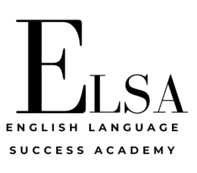Objective: Practice delivering clear, concise responses by limiting answers to just three sentences.
Part 1: Controlled Practice (Teacher-Student)
-
Teacher asks broad questions (e.g., “Tell me about your favorite holiday” or “What’s your opinion on remote work?”).
-
Student must answer in exactly 3 sentences, forcing them to:
-
Prioritize key information.
-
Avoid filler words (“um,” “like,” “you know”).
-
Structure thoughts as: 1) Main point, 2) Detail/Example, 3) Conclusion.
-
Example:
“My favorite holiday is New Year’s. I love celebrating with fireworks and family dinners. It feels like a fresh start.”
-
-
Feedback: After each answer, the teacher highlights what was most effective in the 3-sentence response and suggests one thing to tighten further (e.g., “The second sentence could be merged with the first to save space”).
Part 2: Peer Practice (If Paired with Another Student)
-
Students take turns asking each other questions. The listener rates how clear/direct the 3-sentence answer was on a scale of 1–5 and explains why.
Part 3: Real-World Simulation
-
Scenario: “You’re in a meeting and your boss asks, ‘How’s Project X going?’ Respond in 3 sentences.”
-
Advanced Twist: Reduce to 2 sentences, then 1 sentence, to practice extreme precision.
Follow-Up Reflection:
-
Discuss: “Which was harder—answering in 3 sentences or 1? What words did you cut out to be concise?”
Why This Works:
-
Builds awareness of unnecessary details.
-
Mimics real-world pressure (e.g., work emails, elevator pitches).
-
Scales easily from controlled to spontaneous speaking.
Tip: Record answers and replay them to analyze fluency vs. rambling.



